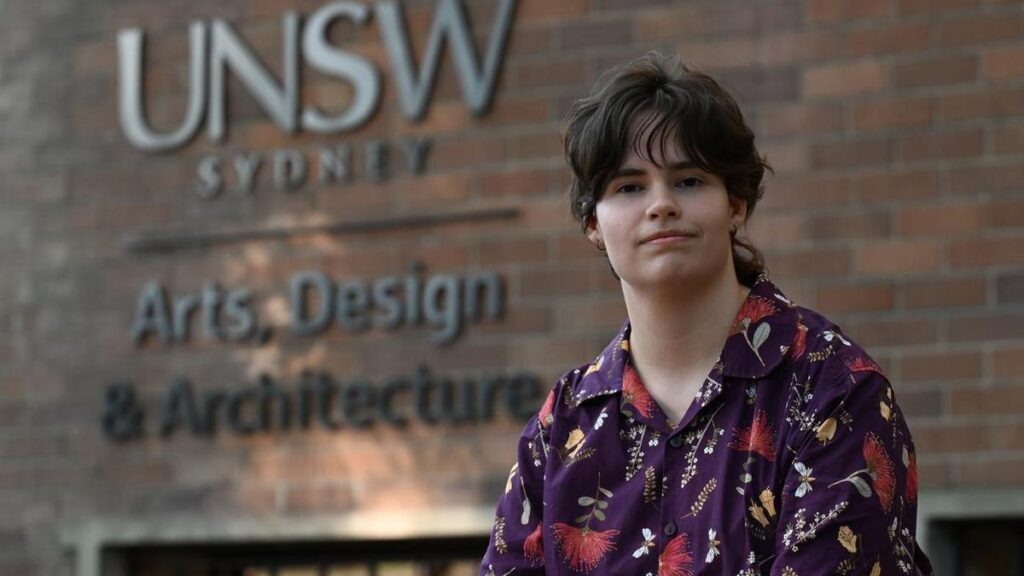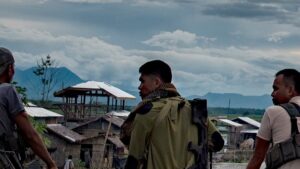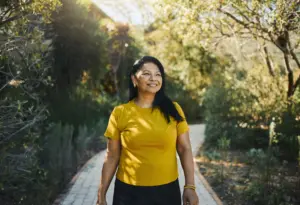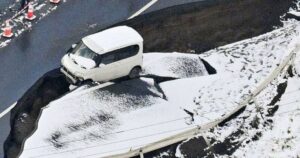
Fine arts students at the University of New South Wales (UNSW) have launched a campaign against a new course titled Generative AI for Artists, scheduled to begin in September 2024. The course aims to explore how artificial intelligence can be used to create various forms of art, including images, text, sound, and three-dimensional works. In addition to the practical applications, the curriculum promises to critically examine the implications of AI in the art world, focusing on issues such as copyright, moral rights, and the environmental impact of AI technologies.
The students’ protest, spearheaded by Robin Chessell, a final-year student pursuing a double degree in fine arts and secondary education, has gained considerable traction. A petition initiated by Chessell has garnered approximately 500 signatures, with many participants expressing deep concerns regarding the course’s content. “I think a lot of students, especially on the art campus but even people who have no background in art whatsoever, are very concerned about AI,” Chessell stated.
Critics of the course argue that AI cannot genuinely create new art, claiming it instead “corrupts and ruins” the creative process. One petition signatory emphasized their disappointment, stating, “This is absolutely messed up. Generative AI is a plagiarism machine that sucks the soul out of art.” These sentiments reflect a broader anxiety among students about the potential for AI-generated content to overshadow authentic artistic expression.
Artificial intelligence systems are typically trained on vast datasets, which often include the works of various creators who may not have provided consent for their material to be used. This raises ethical questions surrounding the ownership of artistic content. Additionally, the operational demands of AI technology are significant, consuming large amounts of electricity and water, further complicating its environmental impact.
The course will be taught by Associate Professor Oliver Bown, a researcher in generative art with over two decades of experience. While Bown acknowledges the students’ concerns about the effects of AI on the creative industry, he believes the course is essential for fostering critical discussion. “We’re a university, we want to encourage free thinking, open debate, and therefore the very idea of shutting down a course because it’s about generative AI doesn’t sit right with me,” he remarked. Bown also pointed out that many issues surrounding AI in art stem from commercial interests rather than the technology itself.
UNSW has defended the course, stating it aligns with the university’s Environmental Sustainability Plan and its Guidelines on the Ethical Use of AI. A university spokesperson highlighted that the subject provides students with the tools necessary to understand and question the role of generative AI in artistic creation. Despite the controversy, fewer than 20 students are currently enrolled in the course.
Chessell, who works in drawing, textiles, and moving image art, expressed concerns that AI technologies have likely already appropriated her work shared on social media. One of her primary fears is the rise of what is colloquially termed “AI slop,” referring to generic content generated by AI that could drown out genuine artistic efforts.
Conversely, some artists have successfully integrated AI into their creative processes. Notably, a piece by Refik Anadol, a Turkish American artist, sold for $1.87 million in an online auction earlier in July, showcasing the potential commercial viability of AI-generated art.
In December 2024, UNSW entered into a partnership with OpenAI, the parent company of ChatGPT, to explore applications for the ChatGPT Edu tool across the university’s curriculum. Additionally, UNSW is set to host a symposium in September focusing on the societal impact of AI, aiming to bring together experts from academia, government, and industry to discuss AI’s role in shaping a sustainable future.
As the debate continues, the intersection of art and technology remains a contentious issue, reflecting broader societal conversations about creativity, ownership, and innovation in the digital age.







